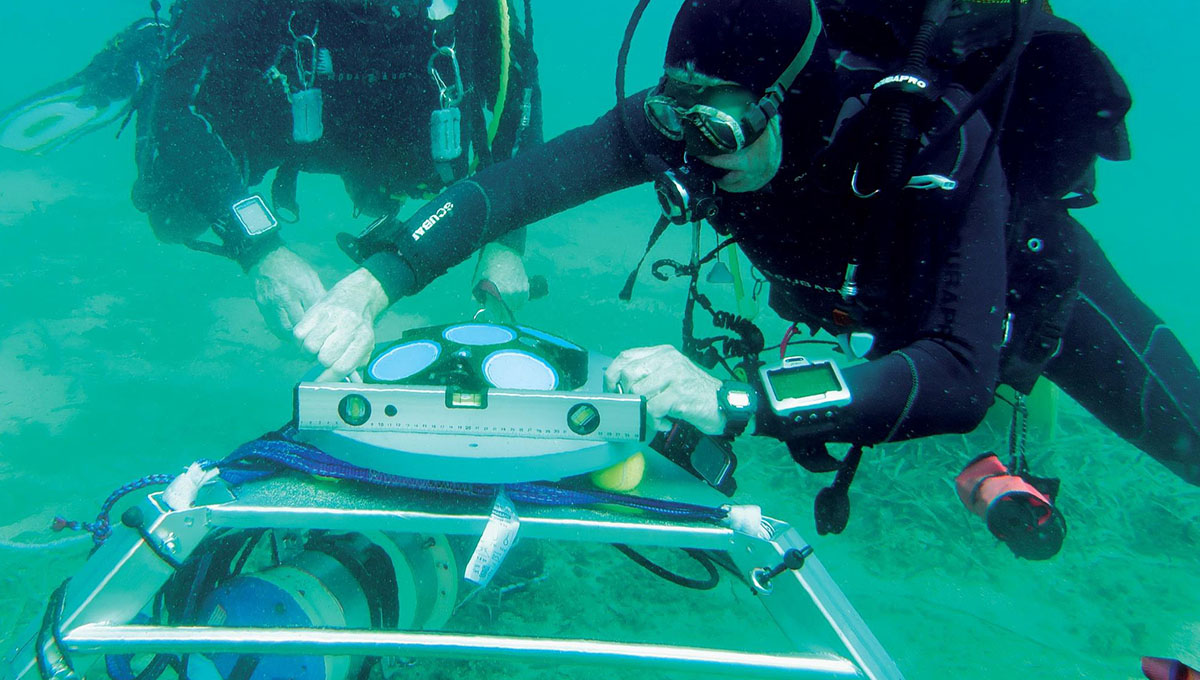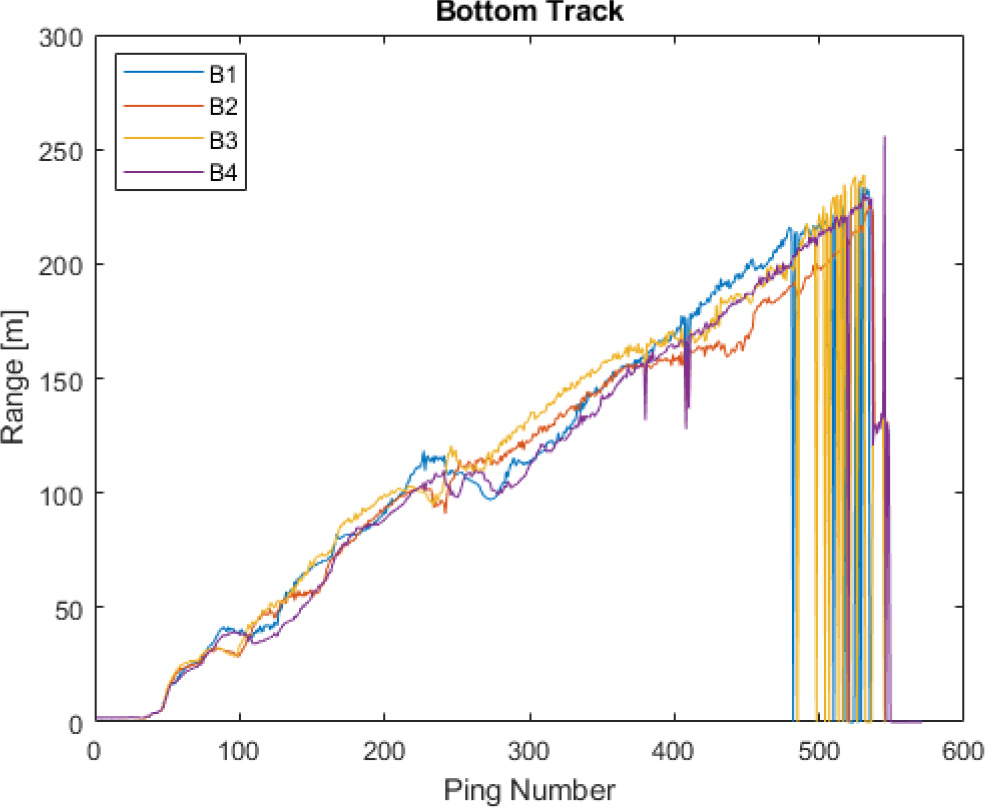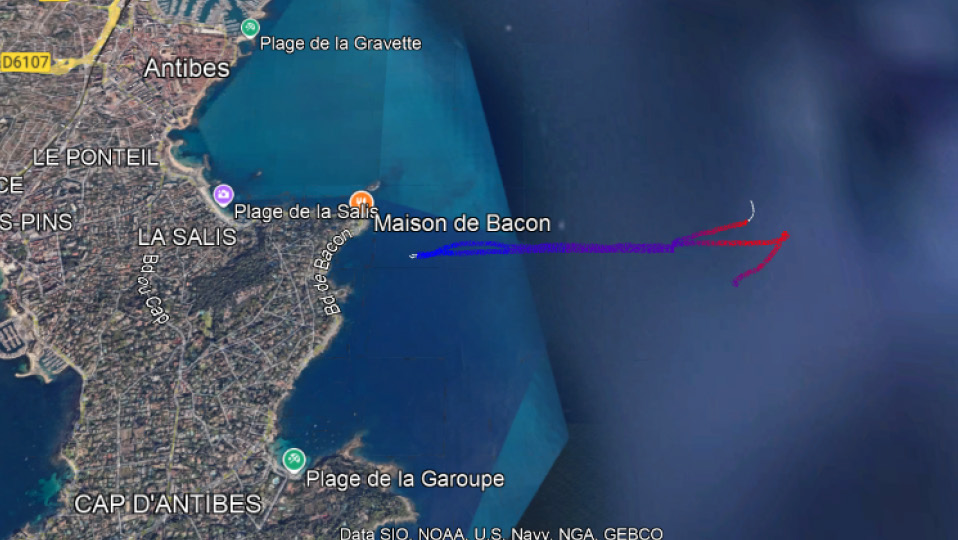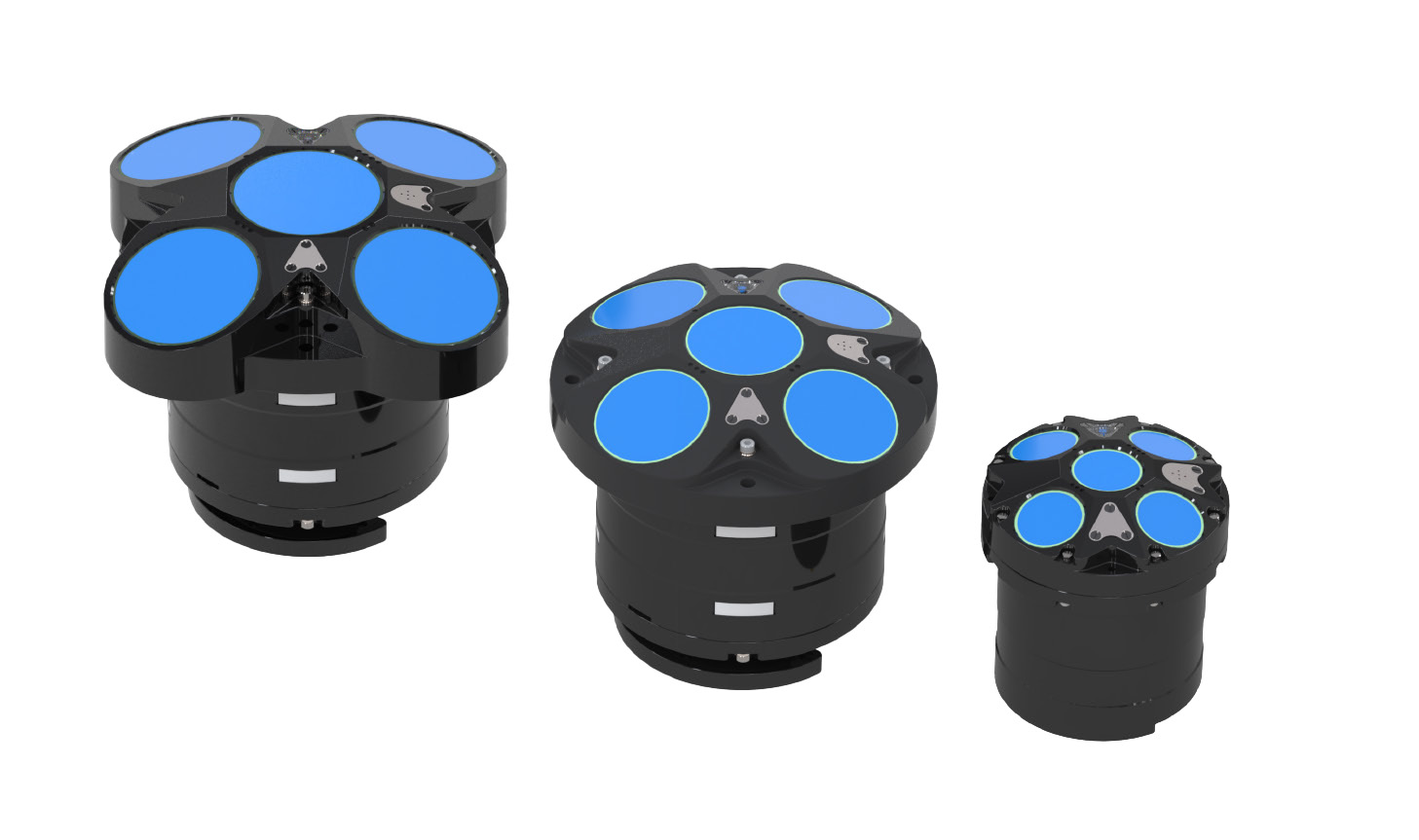
Teledyne RDI Instruments (RDI), a part of Teledyne Marine, announces
Proteus, a multi-functional Doppler processing platform reinventing the range and utility of
Acoustic Doppler Current Profilers (ADCPs). As part of Teledyne’s marine technology heritage, the Proteus platform leverages cutting-edge electronics, Doppler, and sensor technology. These components create a robust instrument that can serve the various needs of oceanographic research, coastal monitoring, and maritime navigation. Its small size, frequency responsiveness, and low power use make the Proteus platform a game-changer in Teledyne Marine’s product lineup.
Prolonged Deployment Time, Smaller Form Factor, and Included AHRS
The
Proteus platform takes ADCP technology to the next level with some new innovative features. Perhaps its most significant innovation is that the power consumed is reduced fully (sleep power was cut by 40%). This enhancement means deployment times can be much longer, so Proteus is the perfect choice for long-term data collection projects. Its bandwidth (10 kHz to 5 MHz) provides unparalleled flexibility so that the platform can be used in a wide range of research environments, from coastal shallows to ocean depths. Likewise, Proteus is ultra-minimal, so it can be deployed more interchangeably and easily integrated into legacy systems. Added to this, the inclusion of an AHRS gives us gyro-stabilized pitch, roll, and heading measurements, which is very important for high-precision use cases.
Next Generation ADCPs
 The Proteus platform underpins Teledyne RDI’s upcoming Workhorse Proteus series of ADCPs, continuing the proven track record of Workhorse legacy products. These next-generation ADCPs are built for water profiling, bottom tracking, and other exciting new uses. The Workhorse Proteus allows you to tailor transmit power to better tradeoffs between range and resolution. Moreover, it boasts better data storage, up to 64 GB of memory, and a depth rating of 300 meters so that it can be employed in harsh sea conditions. Workhorse Proteus also has a vertical beam mode, offering a much higher level of boundary tracking and high-resolution data for bathymetry and wave height measurements. In addition, the system’s power-efficient processing can produce ping rates up to 16 Hz, which is especially suitable for applications that need ultra-fine temporal resolution.
The Proteus platform underpins Teledyne RDI’s upcoming Workhorse Proteus series of ADCPs, continuing the proven track record of Workhorse legacy products. These next-generation ADCPs are built for water profiling, bottom tracking, and other exciting new uses. The Workhorse Proteus allows you to tailor transmit power to better tradeoffs between range and resolution. Moreover, it boasts better data storage, up to 64 GB of memory, and a depth rating of 300 meters so that it can be employed in harsh sea conditions. Workhorse Proteus also has a vertical beam mode, offering a much higher level of boundary tracking and high-resolution data for bathymetry and wave height measurements. In addition, the system’s power-efficient processing can produce ping rates up to 16 Hz, which is especially suitable for applications that need ultra-fine temporal resolution.
Real-world validation tests

Teledyne RDI pushed the Proteus platform through real-world validation in a number of tests involving boat surveys and bottom-tracking trials off the coast of Antibes, France. Such experiments confirmed that the platform would produce robust velocity profiling, which reveals granular details about ocean currents and shear bands. The tests were performed with a bottom-tracking technique and showed stretches as long as 275 meters, even in the harshest environments. The ultra-high-precision AHRS offered gyro-stabilized heading and tilt measurements with a high heading and tilt accuracy, exceeding previous measurements, further attesting to the platform’s accuracy and dependability.
The Proteus platform already offers value for many applications in the ocean world. It is a versatile instrument for coastal and offshore engineering, sediment transport research, pollution monitoring, vessel navigation, station-keeping, and ice flow monitoring at the poles. Modularity and flexibility mean that Proteus can be customized by scientists and industry to their specific projects and be highly effective in mature and emerging marine science disciplines.

Upcoming features for the Workhorse Proteus
Teledyne RDI continues pushing the innovation envelope with the Proteus platform. Upcoming features: High-frequency Workhorse Proteus models (600 kHz and 1200 kHz versions) will also be trialed, aiming to expand the platform’s application possibilities. The company also plans to implement advanced edge processing that will allow real-time analysis of oceanographic data in a way that will change the way ocean data is collected and processed. These developments show Teledyne RDI’s continued commitment to remain at the cutting edge of marine technology, with the Proteus platform a key feature of next-generation ocean monitors.

The Proteus platform is a revolutionary ADCP platform, offering small form factors, superior performance, and innovative solutions for new demands in marine science and industry. Combining tested functionality and forward-looking design, the Proteus platform is another example of Teledyne RDI’s focus on innovation that delivers robust solutions for today’s oceanographic needs.
